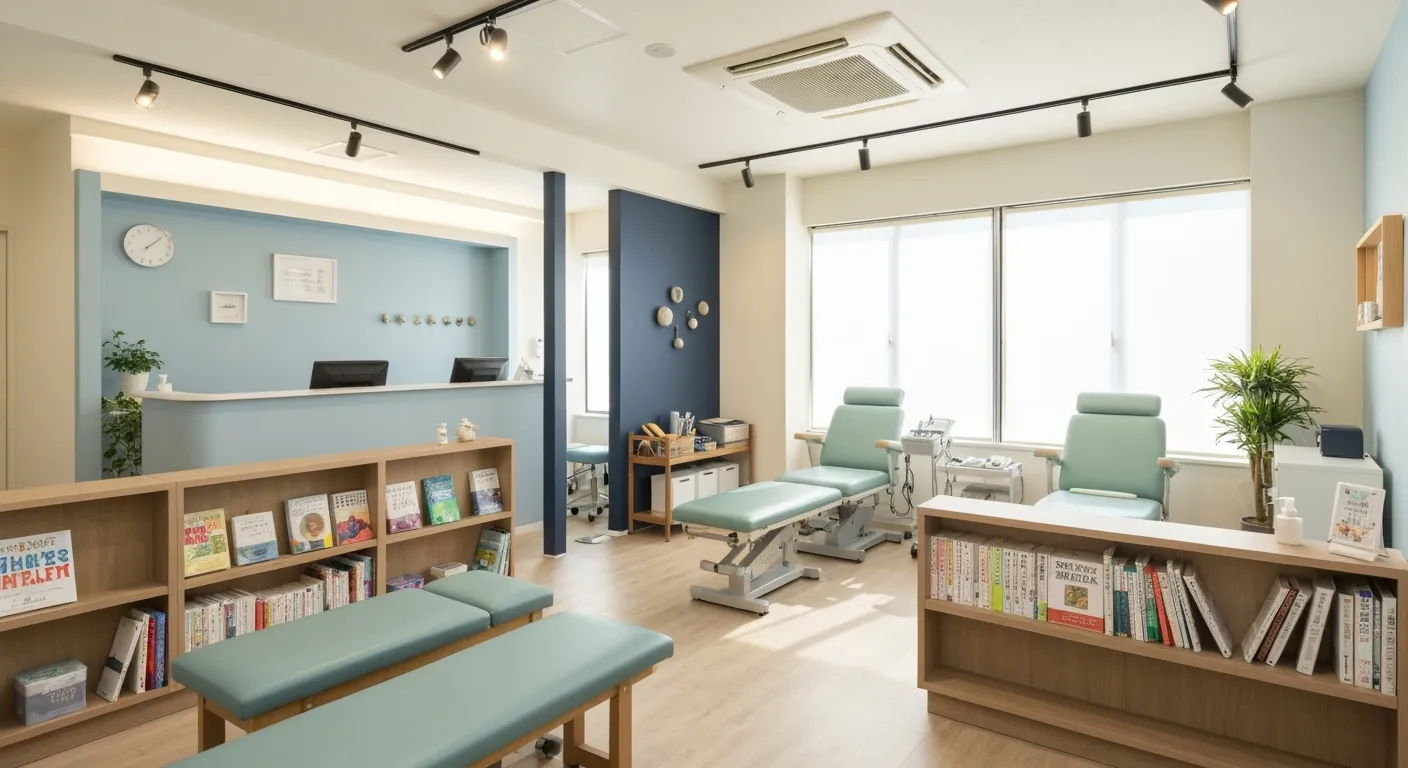Exploring Non-Surgical Approaches to Spine Health and Wellness
October 1, 2025
10 min

A Paradigm Shift in Spine Health Management
Chronic back pain and spinal conditions affect millions globally, often leading to significant discomfort and disability. Traditionally, surgery has been viewed as a main solution, but growing evidence supports a broad spectrum of non-surgical, conservative, and holistic treatments that emphasize safety, effectiveness, and overall wellness. This article explores these emerging methods, providing insights into prevention, management, and rehabilitation for spine health without invasive procedures.
Understanding Chronic Back Pain: Causes, Symptoms, and Conservative Management

What are the common causes and symptoms of chronic back pain, and how can it be managed without surgery?
Chronic back pain is defined as pain that persists for more than three months. It can stem from various issues including arthritis of the spine, spinal stenosis, herniated or bulging disks, muscle strain, poor posture, osteoporosis, and nerve impingement. These conditions often develop gradually or after injury, leading to long-lasting discomfort.
Symptoms of chronic back pain vary but commonly include persistent aching, stiffness, and reduced flexibility. Some individuals experience nerve-related symptoms such as tingling, numbness, weakness, or radiating pain that extends down the legs. These indicators signal possible nerve involvement or structural problems within the spine.
Managing chronic back pain non-surgically involves multiple approaches. Physical therapy plays a critical role, incorporating tailored exercises to strengthen supporting muscles, improve flexibility, and promote better posture. Active participation in core stabilization, resistance training, and stretching is vital.
Medications like non-steroidal anti-inflammatory drugs (NSAIDs), muscle relaxants, and nerve pain medications can provide symptomatic relief. However, opioids are generally discouraged for long-term management due to dependency risks.
Lifestyle modifications are essential. Maintaining a healthy weight reduces pressure on the spine. Ergonomic adjustments in workspaces, proper lifting techniques, and quitting smoking help prevent worsening symptoms. Techniques such as mindfulness, yoga, and meditation help manage the emotional toll of chronic pain.
Complementary therapies, including acupuncture, massage, laser therapy, and electrical nerve stimulation, often yield additional benefits. Injections like epidural steroid injections may reduce inflammation temporarily.
Innovative methods such as spinal decompression therapy and regenerative treatments like platelet-rich plasma (PRP) injections show promise for specific cases. It’s important to note that surgery is generally considered a last resort, reserved for severe neurological deficits or structural issues that do not respond to conservative treatments.
Overall, many individuals find relief with a comprehensive, non-invasive approach that combines physical therapy, lifestyle changes, and alternative therapies. Close consultation with healthcare providers ensures a personalized plan tailored to the specific cause and symptoms of the back pain.
Conservative and Holistic Treatment Options for Spine Health

What are conservative, non-invasive, and holistic treatment options available for maintaining spine health?
Maintaining spinal health without surgery involves a variety of conservative and holistic approaches. Physical therapy is central, emphasizing tailored exercises to strengthen core muscles, improve flexibility, and correct posture. These programs can also include stretching, joint mobilization, and gait retraining.
Chiropractic care offers adjustments designed to restore joint mobility, alleviate nerve pressure, and decrease muscular compensation. Techniques such as spinal manipulation, activator methods, and drop-table adjustments are commonly used. These treatments can improve spinal function and reduce pain.
Acupuncture and massage are complementary therapies that help manage pain, reduce muscle tension, and promote relaxation. Acupuncture stimulates natural healing pathways, while massage therapy enhances circulation and tissue recovery.
Engaging in specific exercise programs like the Schroth and SEAS methods, which focus on three-dimensional correction and active self-awareness, can improve alignment and muscular symmetry, especially for scoliosis patients.
Lifestyle adjustments play a critical role. Ergonomic modifications at work and home, gait correction, proper sleep positioning, and regular gentle exercise help prevent deterioration. Mindfulness practices such as yoga, tai chi, and meditation not only manage pain but also enhance mental resilience against chronic discomfort.
Additional non-invasive treatments include spinal injections like trigger point or epidural steroid injections to temporarily reduce inflammation and pain, benefiting more comprehensive physical therapy. Biofeedback, ultrasound, and electrical nerve stimulation are used selectively to modulate pain signals and facilitate healing.
Natural therapies such as osteopathic manipulation, fascia-focused therapies, and practices like Qi Gong support the body's innate ability to heal and maintain structural balance. Emphasizing a holistic view, these methods aim to restore overall wellness.
In summary, these alternative and conservative strategies focus on restoring spinal function, minimizing medication use, and preventing progression of degenerative changes. They serve as primary approaches before considering surgical intervention, which is reserved for specific severe cases or when red flag symptoms are present.
The Role of Alternative Therapies: Chiropractic, Physical Therapy, and Lifestyle Modifications
How do alternative therapies such as chiropractic care, physical therapy, and lifestyle modifications contribute to spine health?
Alternative therapies like chiropractic adjustments, physical therapy exercises, and lifestyle changes are vital components of non-surgical spine care. They work together to promote better spinal alignment, reduce pain, and enhance mobility.
Chiropractic care involves manual adjustments that restore joint mobility, reduce fixations, and support nerve function. Techniques such as spinal manipulation, activator methods, and drop-table adjustments help alleviate pressure, decrease muscle tension, and promote whole-body health.
Physical therapy programs are tailored to individual needs, emphasizing muscle strengthening, core stabilization, and flexibility. Exercises include resistance training, stretching, and postural training. Techniques like mirror feedback and active self-correction encourage patients to adopt healthier movement patterns, which help prevent future issues.
Lifestyle modifications support spine health by addressing daily habits and ergonomic practices. Proper sleep positions, gait correction, ergonomic workspace setups, and wearable sensors help maintain good posture and prevent curve progression. Nutrition also plays a role; anti-inflammatory diets rich in omega-3s, vitamins, and minerals can reduce tissue inflammation and support overall spinal health.
Together, these therapies foster a comprehensive approach. They aim to correct misalignments, strengthen supportive muscles, reduce inflammation, and promote habits conducive to long-term spinal resilience.
This holistic strategy not only provides pain relief but also equips individuals with tools to maintain spinal health proactively, reducing reliance on medications or surgery and supporting a better quality of life.
Non-Surgical Modalities: Spinal Decompression Therapy and Injections
What non-surgical treatment modalities like spinal decompression therapy and injections are used for spine-related conditions?
Non-surgical approaches for managing spine problems include spinal decompression therapy and an array of injection treatments. Spinal decompression therapy involves using specialized tables or devices that gently stretch the spine. This process creates negative pressure within the discs, which can help retract herniated or bulging discs, relieving nerve compression. It promotes increased blood flow to the affected areas, supporting healing and reducing inflammation. This therapy is especially beneficial for conditions such as herniated discs, sciatica, spinal stenosis, degenerative disc disease, and nerve injuries.
Injection therapies are another important non-invasive option. These include epidural steroid injections, nerve blocks, facet joint injections, and radiofrequency ablation. Such injections target specific sources of pain and inflammation, delivering medication directly to the affected tissues. For example, epidural steroid injections aim to decrease inflammation around nerve roots, providing rapid pain relief. Nerve blocks can prevent pain signals from transmitting, while radiofrequency ablation disrupts nerve activity responsible for chronic pain.
Benefits and limitations of these treatments
Both spinal decompression therapy and injections are minimally invasive and have shown to be effective in reducing pain and improving mobility for many patients. They offer alternatives to surgery, often with fewer risks and shorter recovery times. These treatments can provide symptom relief and support the healing process, helping patients return to daily activities.
However, these modalities have limitations. Decompression therapy might not be suitable for everyone, particularly those with severe spinal instability or fractures. Its effectiveness varies depending on the condition and the patient’s response. Injections are generally used for short to medium-term relief; they do not address the underlying cause of the damage or degeneration in many cases. Repeated injections might also carry risks such as infection or tissue damage.
In summary, spinal decompression therapy and injections serve as valuable parts of a conservative treatment plan. They are most beneficial when combined with other therapies like physical rehabilitation, postural training, and lifestyle modifications to ensure comprehensive spinal health management.
Prevention and Lifestyle Strategies to Preserve Spine Wellness

What prevention strategies and lifestyle changes can help maintain or improve spine health naturally?
Maintaining a healthy spine involves a holistic approach that emphasizes daily habits and lifestyle choices. Regular low-impact exercises like walking, swimming, or yoga are highly beneficial. These activities strengthen core and back muscles, improve flexibility, and promote good circulation, all of which help support spinal health.
Good posture is critical. Using ergonomic furniture and practicing proper lifting techniques reduces strain on the spine, preventing injuries over time. Incorporating stretching and mobility exercises into daily routines helps preserve the spine’s range of motion and prevents stiffness.
Diet plays a significant role in supporting spinal tissue health. An anti-inflammatory diet rich in omega-3 fatty acids, antioxidants, calcium, magnesium, and vitamin D helps reduce joint and tissue inflammation while strengthening bones and muscles. Staying well-hydrated also aids in maintaining disc health.
Managing stress through mindfulness, meditation, or other relaxation strategies can lower muscle tension and reduce inflammation that might exacerbate back issues. Avoiding harmful habits like smoking is essential, as smoking can impair blood flow to spinal tissues and hinder healing.
Ensuring quality sleep is also vital. Using appropriate pillows and maintaining a supportive sleep position can prevent unnecessary strain on the neck and back.
Finally, seeking professional guidance for personalized assessment and advice ensures that preventive strategies align with individual health needs. These habits collectively support a resilient, healthy spine and can naturally reduce the risk of pain or injury.
Evidence-Based Non-Surgical Approaches and Emerging Technologies for Spine Care

What evidence-based non-surgical approaches and emerging technologies are available for spine wellness?
Non-surgical treatments for spine health are supported by a growing body of evidence and include several effective approaches. Physical therapy remains the cornerstone, focusing on customized exercises that strengthen core muscles, stretch tight tissues, improve joint mobility, and retrain gait patterns. Techniques such as spinal stabilization, manual therapy, and movement retraining have demonstrated significant benefits in reducing pain and improving function.
Chiropractic care also plays a vital role, utilizing spinal adjustments and advanced diagnostics like electromyography (EMG) and thermal imaging to identify muscle imbalances and nerve irritations. These methods are proven to alleviate muscle tension, improve neural communication, and diminish pain symptoms.
Pain management strategies encompass a variety of medications, including non-steroidal anti-inflammatory drugs (NSAIDs), acetaminophen, muscle relaxants, and antidepressants. Combined with minimally invasive injections—such as epidural steroid injections, nerve blocks, and facet joint injections—these therapies target inflammation and nerve pain effectively.
Emerging technologies are transforming spine care by enabling personalized treatment plans. Artificial intelligence (AI) applications analyze movement patterns and gait, predict progression, and optimize rehabilitation protocols. Wearable biosensors monitor real-time data on posture, muscle activity, and mobility, allowing for remote treatment adjustments and early intervention.
Innovations like regenerative medicine, involving platelet-rich plasma (PRP) and stem cell therapies, aim to stimulate tissue repair naturally. Additionally, advances in pharmacogenomics are paving the way for personalized medicine, tailoring drug choices based on genetic profiles for improved treatment responses.
Overall, integrating evidence-based therapies with cutting-edge technology enhances the effectiveness of non-surgical management, offering patients safer, more targeted options to maintain spinal health and prevent progression.
Personalized Care and Collaborative Approaches in Non-Surgical Spine Treatment

Why is an accurate diagnosis important?
A precise understanding of the underlying cause of spinal issues is essential for creating effective treatment plans. Proper diagnosis, often involving advanced imaging and physical evaluation, helps determine the most suitable non-surgical interventions, whether it's physical therapy, chiropractic adjustments, or regenerative therapies.
How does team-based care involving specialists and therapists improve outcomes?
A multidisciplinary approach includes spine specialists, physical therapists, chiropractors, and pain management experts. This collaboration ensures comprehensive care, addressing structural, functional, and emotional aspects of spinal conditions. Such teamwork enhances treatment precision and supports holistic healing.
Why are tailored treatment plans and patient engagement crucial?
Every spine condition is unique. Customized programs involving exercises like core stabilization, resistance training, and posture correction are designed around individual needs. Engaging patients in their recovery—through active participation in exercises, lifestyle modifications, and mindfulness practices—improves adherence and boosts long-term success.
What are recovery and long-term maintenance strategies?
Recovery isn’t just about symptom relief; it involves maintaining spinal health through ongoing exercises, ergonomic adjustments, and healthy habits. Lifestyle changes, such as anti-inflammatory diets and stress management, support lasting improvements. Regular follow-up and self-care help prevent recurrence and promote enduring spinal well-being.
Embracing Non-Surgical Solutions for Sustainable Spine Health
Advancements in non-surgical spinal care offer diverse and effective options that prioritize patient safety, functionality, and holistic wellness. Through evidence-based therapies, lifestyle modifications, and innovative technologies, individuals can manage pain, restore mobility, and prevent deterioration without resorting to invasive surgery. Collaborative, personalized approaches empower patients to actively participate in their recovery and long-term spine health maintenance. By embracing these comprehensive conservative strategies, we can foster a future where spinal conditions are managed proactively and sustainably, enhancing quality of life for millions worldwide.
References
- 5 Ways a Non Surgical Spine Specialist Treats Scoliosis ...
- 7 Ways to Treat Chronic Back Pain Without Surgery
- Exploring Non-Surgical Alternatives for Pain Relief: Brad ...
- Non-Surgical Alternatives & Options for Spinal Problems
- Back Surgery Alternatives: Non-Surgical & Minimally Invasive
- Non-Surgical Approaches to Treat Lower Back Pain
- Exploring Non-Surgical Options for Chronic Back Pain
Recent articles

Simple Lifestyle Adjustments to Maintain a Healthy Spine

Personalized Nutritional Counseling for Improved Health Outcomes

Exploring Non-Surgical Treatments for Spine-Related Conditions

An Introduction to Spinal Decompression for Sciatica Patients

Transformative Success Stories: Patient Experiences with Chiropractic Treatments

Why Chiropractic Care Is Essential for Back Pain Relief

Addressing Underlying Causes Versus Symptom Management in Pain Care

The Role of Nutrition in Enhancing Chiropractic Treatment Effectiveness

Sciatica Treatment Options: Is Spinal Decompression Right for You?

Lifestyle Tips to Maintain a Healthy Spine and Prevent Back Issues

The Synergy Between Physiotherapy and Chiropractic Treatments

What Happens During Your Initial Chiropractic Consultation

Effective Corrective Exercises for Sustainable Pain Management

Taking a Root Cause Approach to Chronic Pain Management

Holistic Pain Management Techniques Without Surgery

How Patient Success Stories Validate Chiropractic Care Benefits

Spinal Decompression: Innovative Treatment for Sciatic Nerve Pain

Spinal Decompression Therapy: A Non-Invasive Approach to Sciatica Relief

Exploring Holistic Approaches Beyond Surgery for Pain Relief

Practical Lifestyle Advice to Support a Healthy Spine Every Day

Corrective Exercise Routines Designed for Long-Term Pain Prevention

Real Patient Stories: Overcoming Chronic Pain with Chiropractic Care

Lifestyle Changes That Promote a Healthy Spine and Prevent Injury

How Addressing the Root Cause of Pain Leads to Lasting Relief

Non-Surgical Holistic Therapies to Manage Chronic Pain Effectively

Nutritional Counseling's Impact on Physical Health and Healing

Benefits of Regular Chiropractic Care for a Stronger Back

Your First Chiropractic Visit: What to Expect and How to Prepare

Patient Experiences: How Chiropractic Care Transformed Their Lives

Exploring Holistic, Non-Surgical Options for Pain Management

Combining Physiotherapy with Chiropractic Treatments for Enhanced Recovery

Holistic Treatments That Offer Alternatives to Surgery for Pain Relief

Corrective Exercise Strategies for Long-Term Spine Health

How Physiotherapy Complements Chiropractic Adjustments for Better Outcomes

First-Time Chiropractic Visitors: What You Should Know

Understanding the Importance of Treating Pain at Its Source

Adopting Lifestyle Changes to Support Your Spine's Wellness

Utilizing Physiotherapy to Enhance Chiropractic Treatment Outcomes

The Key Advantages of Chiropractic Care for Back Pain Sufferers

Why Focusing on Root Causes Improves Pain Treatment Success

Corrective Exercises That Promote Lasting Pain Relief and Mobility

Sciatica Relief Through Targeted Spinal Decompression Techniques

Preparing for Your First Chiropractic Appointment with Confidence

Healthy Lifestyle Habits for Maintaining Spinal Alignment

Success Stories Highlighting Chiropractic's Role in Pain Recovery

Top Benefits of Chiropractic Care for Chronic Back Pain

Nutrition Tips to Boost Your Overall Wellness and Recovery

How Chiropractic Care Alleviates Back Pain Naturally

How Nutritional Counseling Supports Overall Wellness and Spine Health

Step-by-Step Guide to Your First Visit with a Chiropractor

Using Nutrition to Support Chiropractic and Overall Wellness

Integrating Physiotherapy in Your Chiropractic Healing Journey

How Physiotherapy Complements Chiropractic Adjustments for Faster Healing

Lifestyle Tips for Maintaining a Healthy Spine and Preventing Back Pain

Heartwarming Patient Testimonials Highlighting Chiropractic Success

How Proper Nutrition Supports Chiropractic and Physiotherapy Treatments

Combining Physiotherapy and Chiropractic Treatments for Optimal Recovery

Why Chiropractic Treatments Are Effective for Managing Back Pain

Choosing a Chiropractor: Tips for Finding a Trusted Provider

Integrating Physiotherapy and Chiropractic: Benefits and What to Expect

How Tailored Corrective Exercises Can Aid in Pain Management

Chiropractic Care: A Proven Solution for Alleviating Back Pain

What to Expect at Your First Chiropractic Visit: A Comprehensive Guide

The Importance of Root Cause Analysis in Effective Pain Management

The Role of Corrective Exercises in Sustaining Pain-Free Living

Combining Chiropractic and Physiotherapy for Comprehensive Pain Relief

How Addressing Underlying Causes Improves Pain Treatment Effectiveness

Maintaining Spinal Health Through Lifestyle Changes and Preventive Care

Understanding the Benefits of Chiropractic Adjustments for Back Pain Sufferers

Spinal Decompression Therapy: A New Hope for Sciatica Relief

Lifestyle Recommendations to Support a Healthy Spine and Reduce Pain
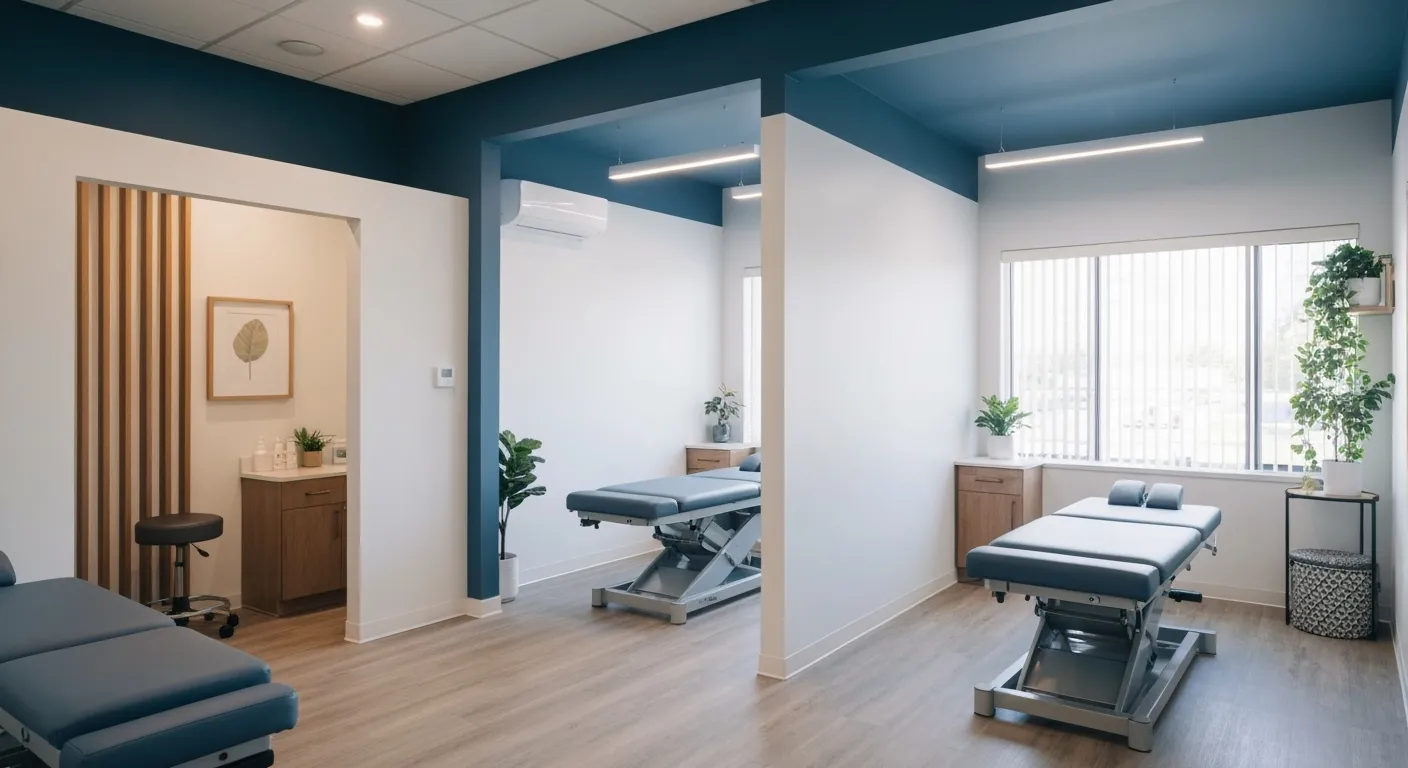
Choosing the Right Chiropractor: Key Factors to Consider Before Your First Appointment

Non-Invasive Treatment Alternatives: A Holistic Approach to Pain Relief

Corrective Exercises to Support Long-Term Relief from Chronic Pain

Exploring Non-Surgical Approaches to Spine Health and Wellness

Tips for Daily Habits That Keep Your Spine Strong

Success Stories: How Chiropractic Treatments Changed Lives

Why Focusing on the Root Cause of Pain Leads to Better Outcomes
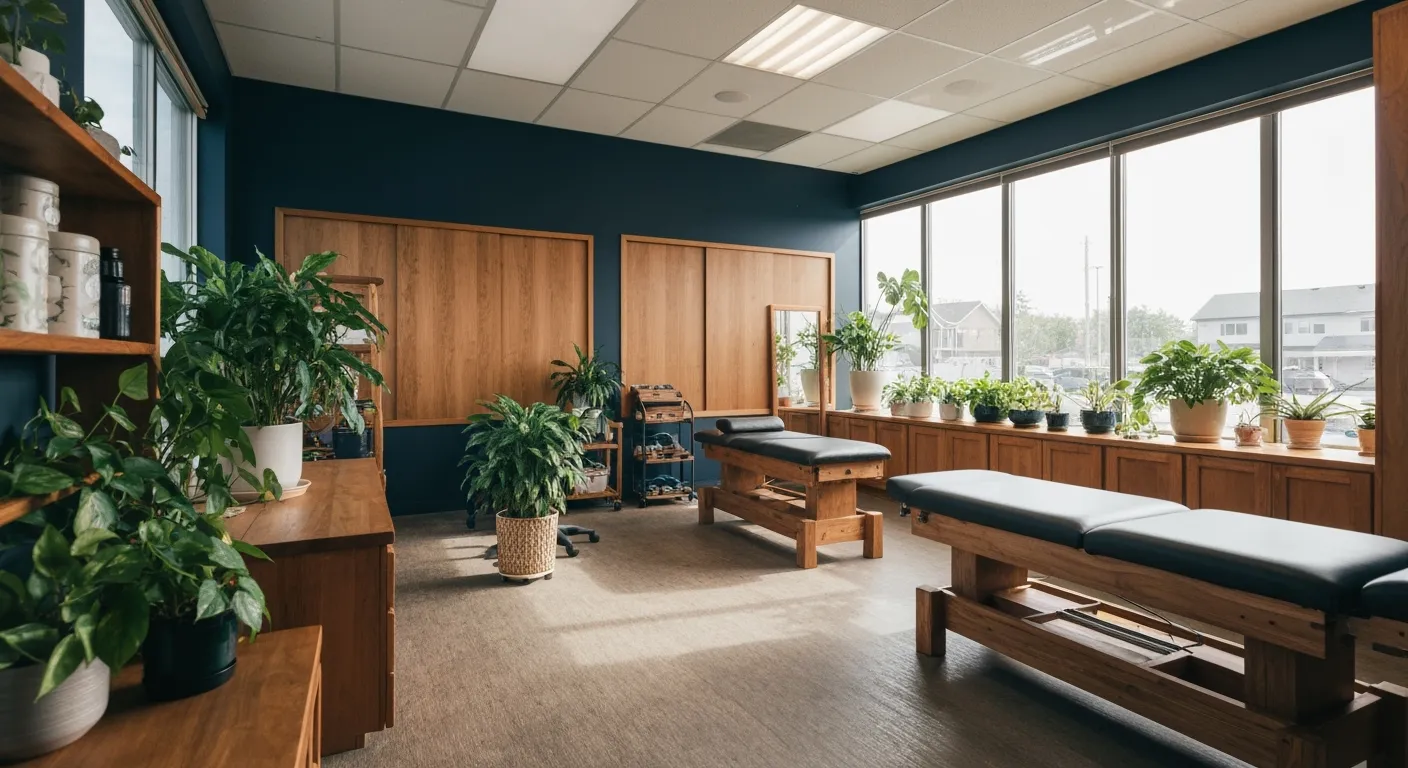
Nutritional Counseling and Its Impact on Overall Wellness and Recovery
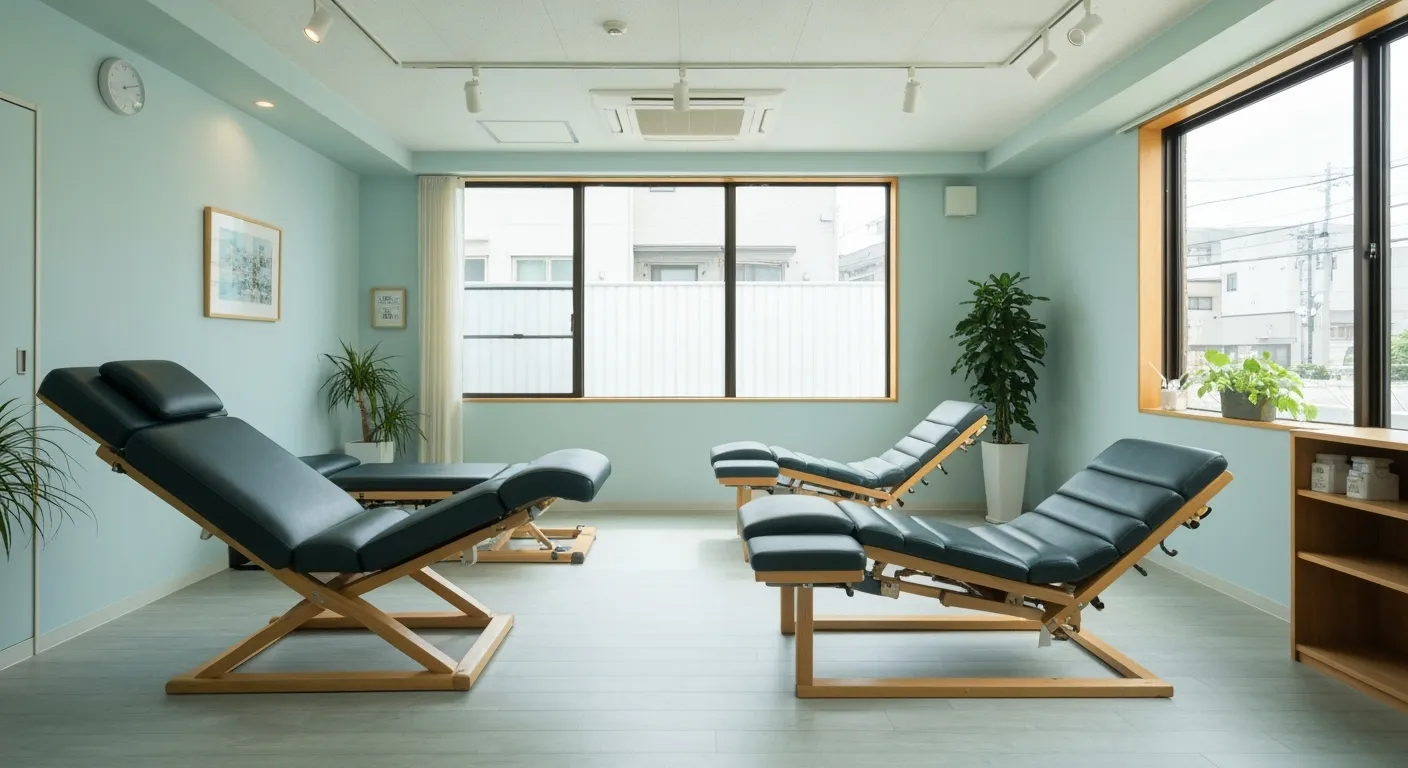
Patient Testimonials That Showcase the Power of Chiropractic Care

Preparing for Your First Chiropractic Appointment: What You Need to Know
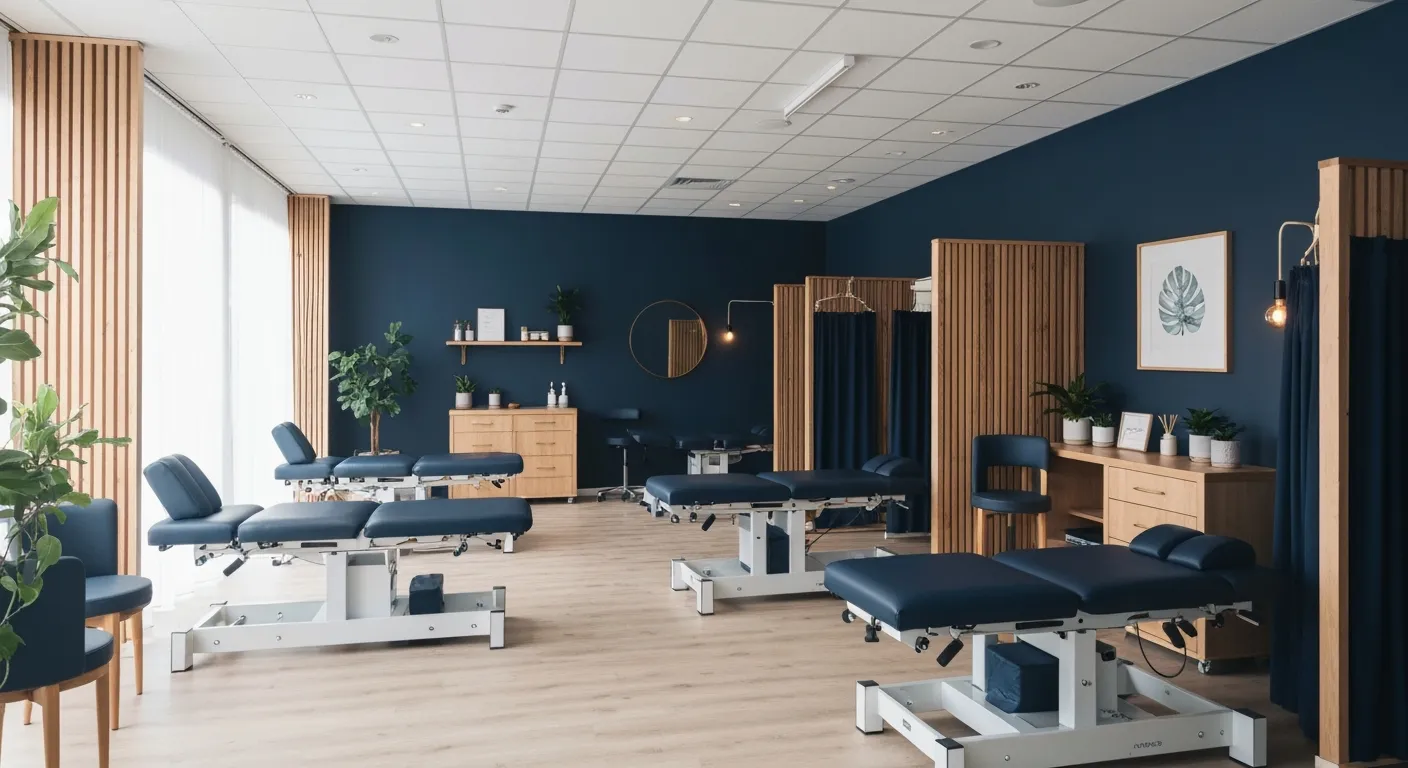
Holistic Treatment Options: Beyond Surgery for Pain Relief
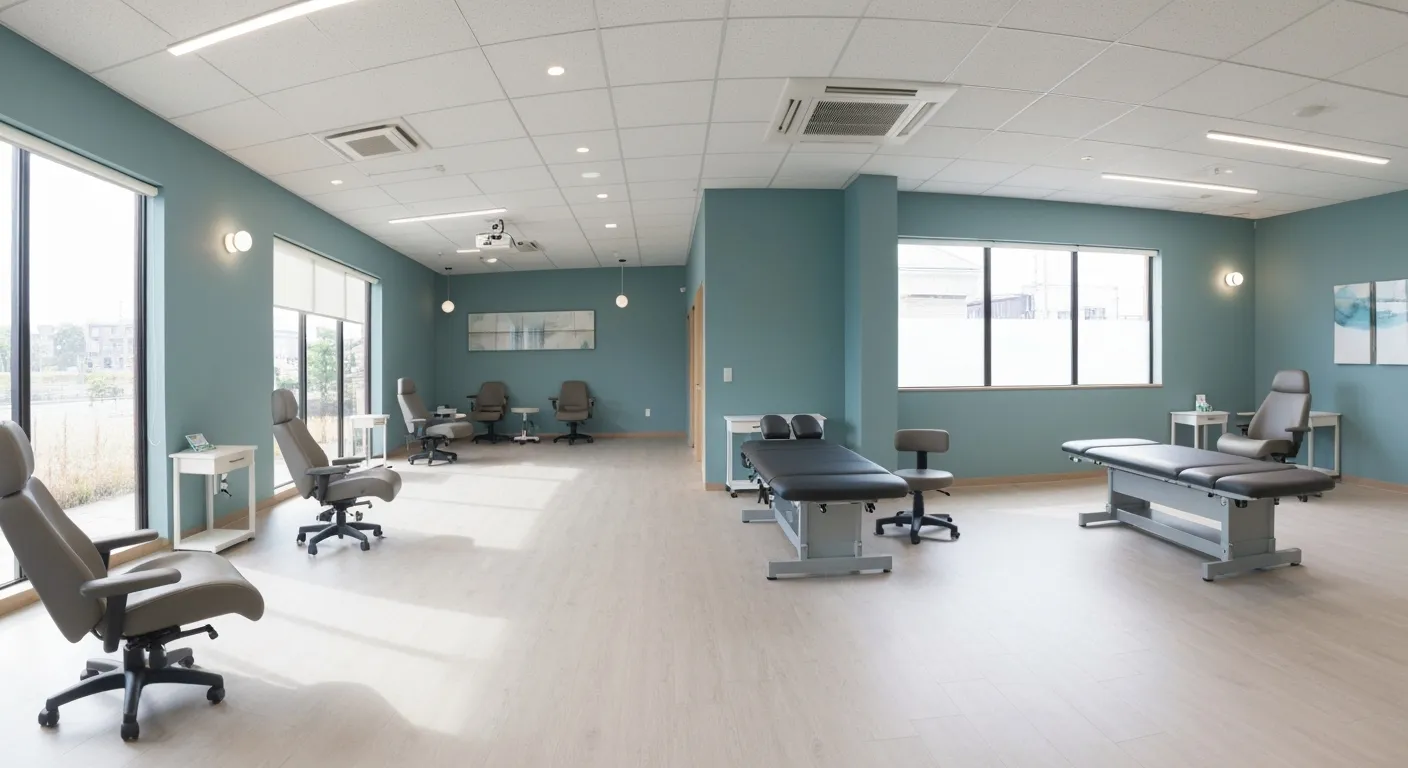
Holistic Pain Relief Methods That Avoid Surgery

Nutritional Strategies for Supporting Spine Health and Recovery
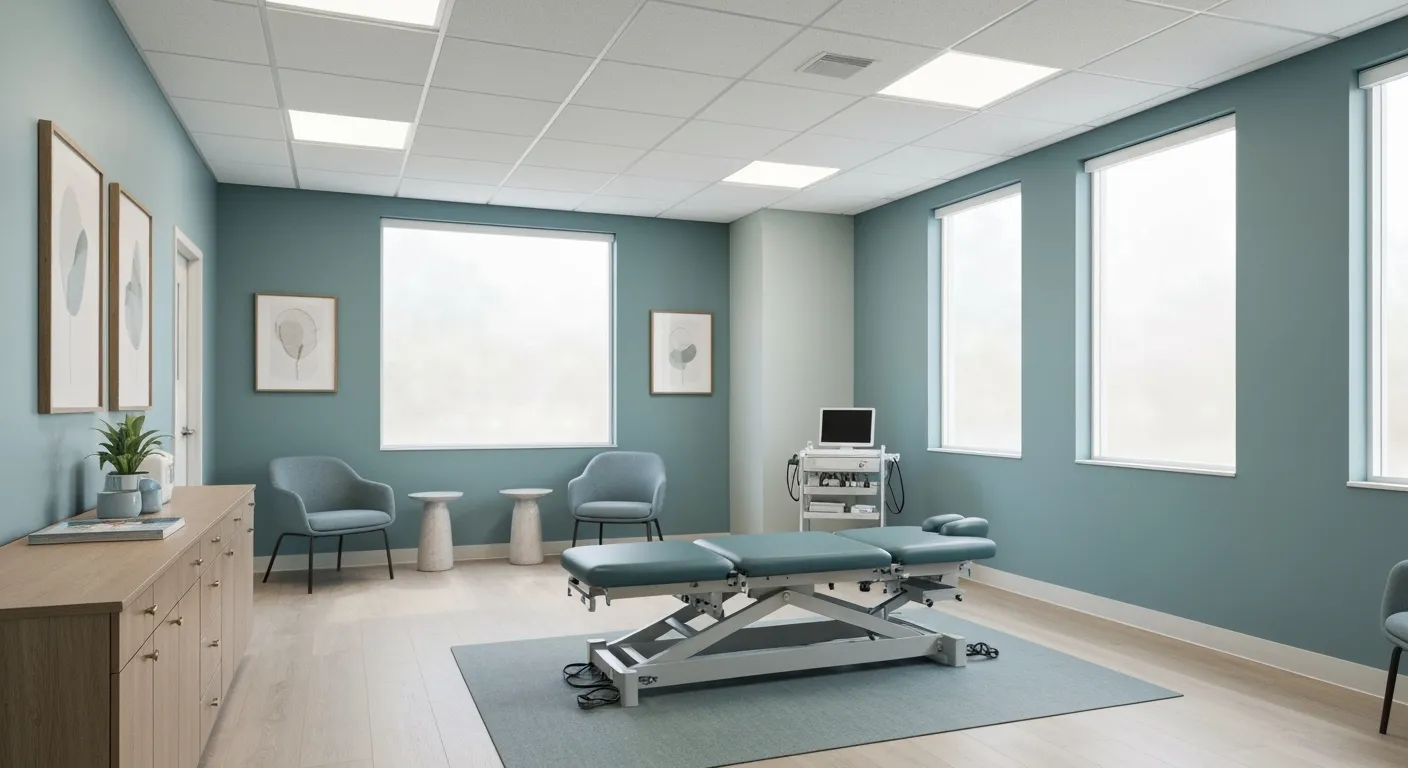
First Chiropractic Visit: What Happens and How to Prepare

Chiropractic Patient Success Stories: Inspiring Journeys to Wellness
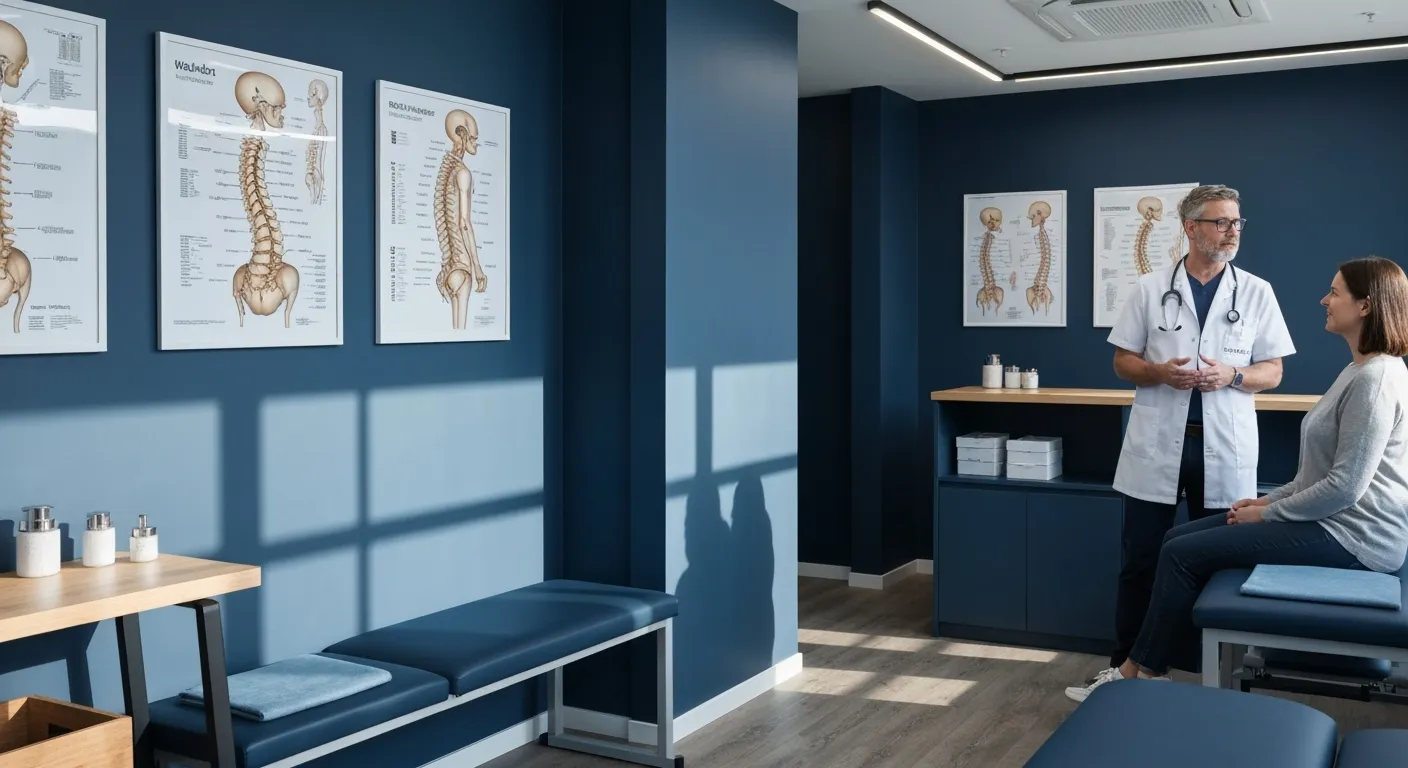
Effectiveness of Spinal Decompression Therapy in Managing Sciatic Nerve Pain

Addressing Pain at Its Source: Why Treating the Root Cause Matters

Corrective Exercise Programs Designed for Long-Term Pain Prevention

Healthy Lifestyle Advice for Maintaining Spinal Alignment
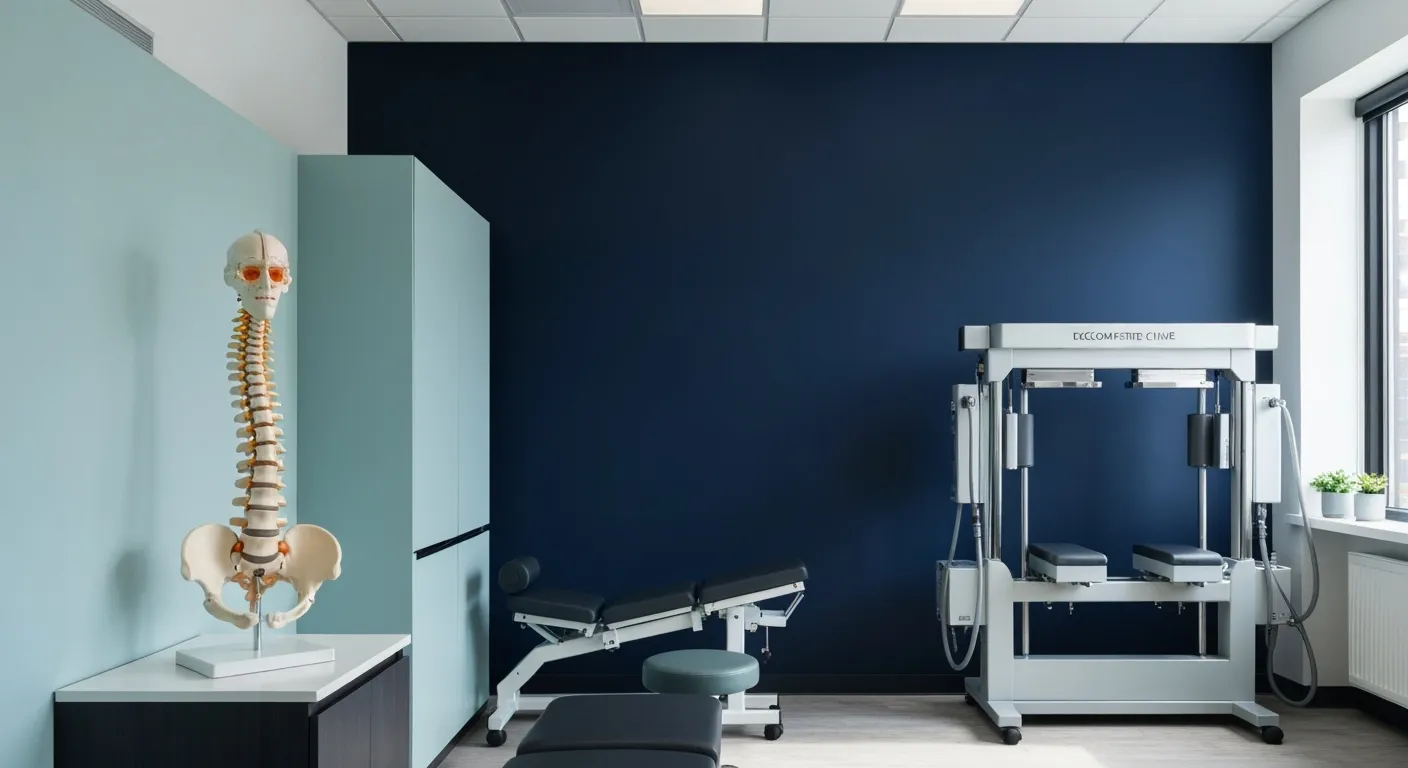
Understanding Spinal Decompression as a Treatment for Sciatica Pain
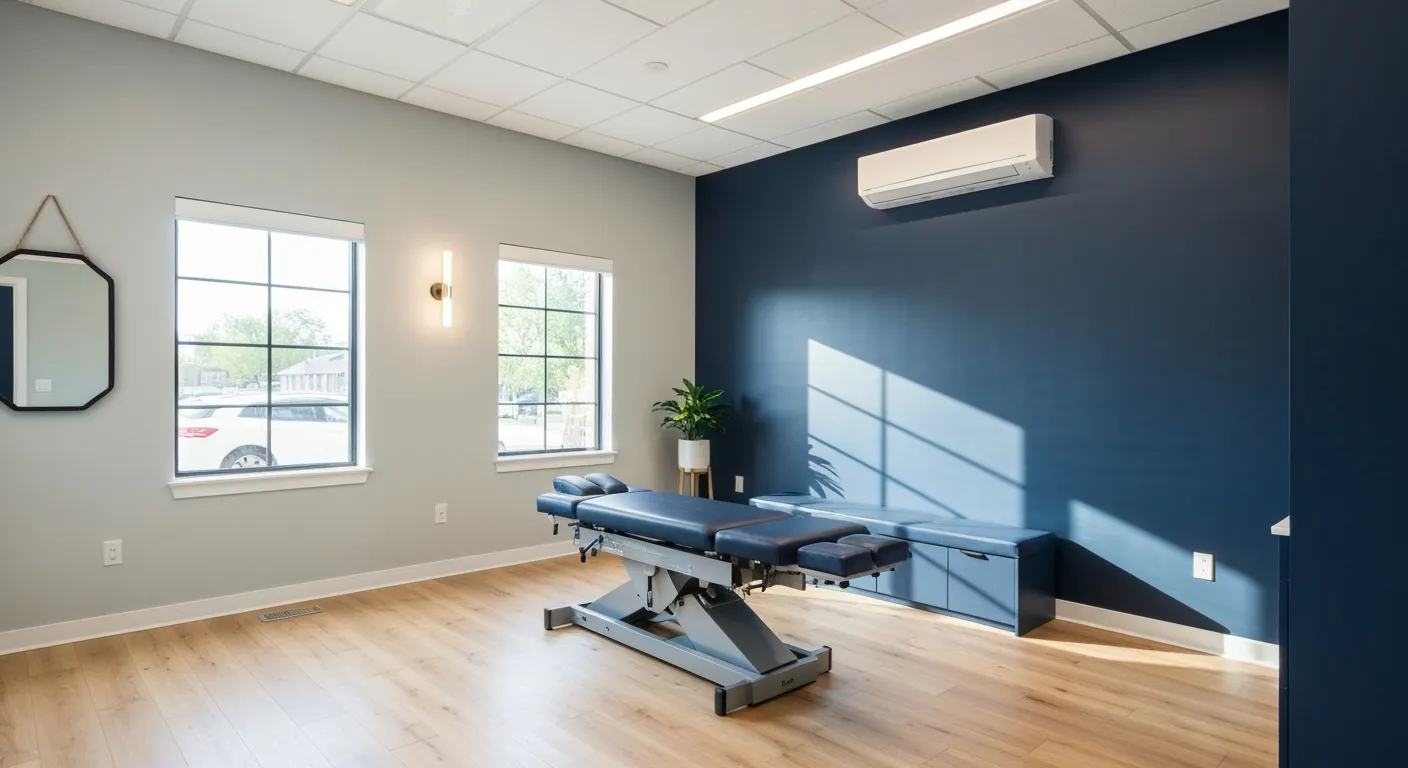
Benefits of Chiropractic Care Specifically for Back Pain Relief

Understanding Gait Analysis in Physiotherapy
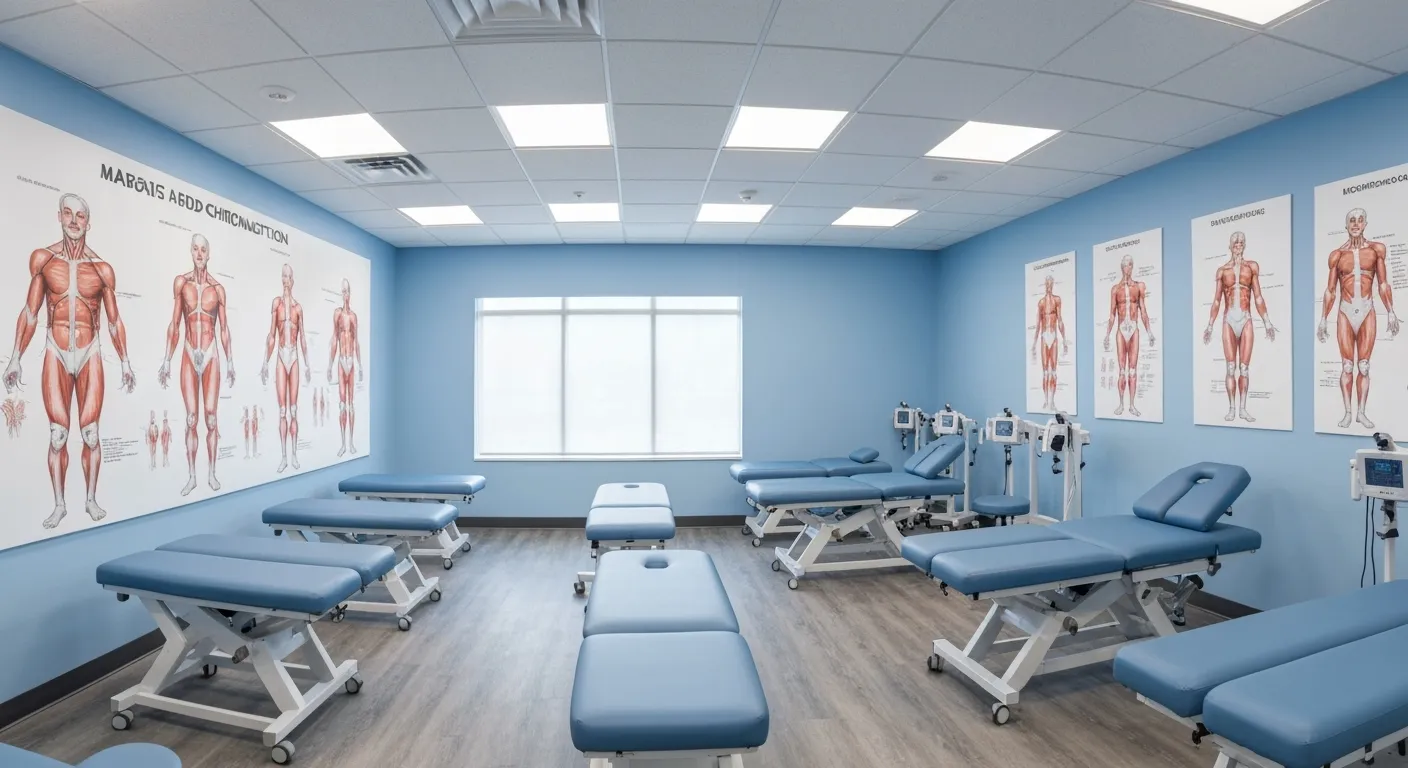
The Difference Between Muscle Soreness and Dysfunction

Workplace Stress Statistics: How Muscle Tension Impacts Productivity
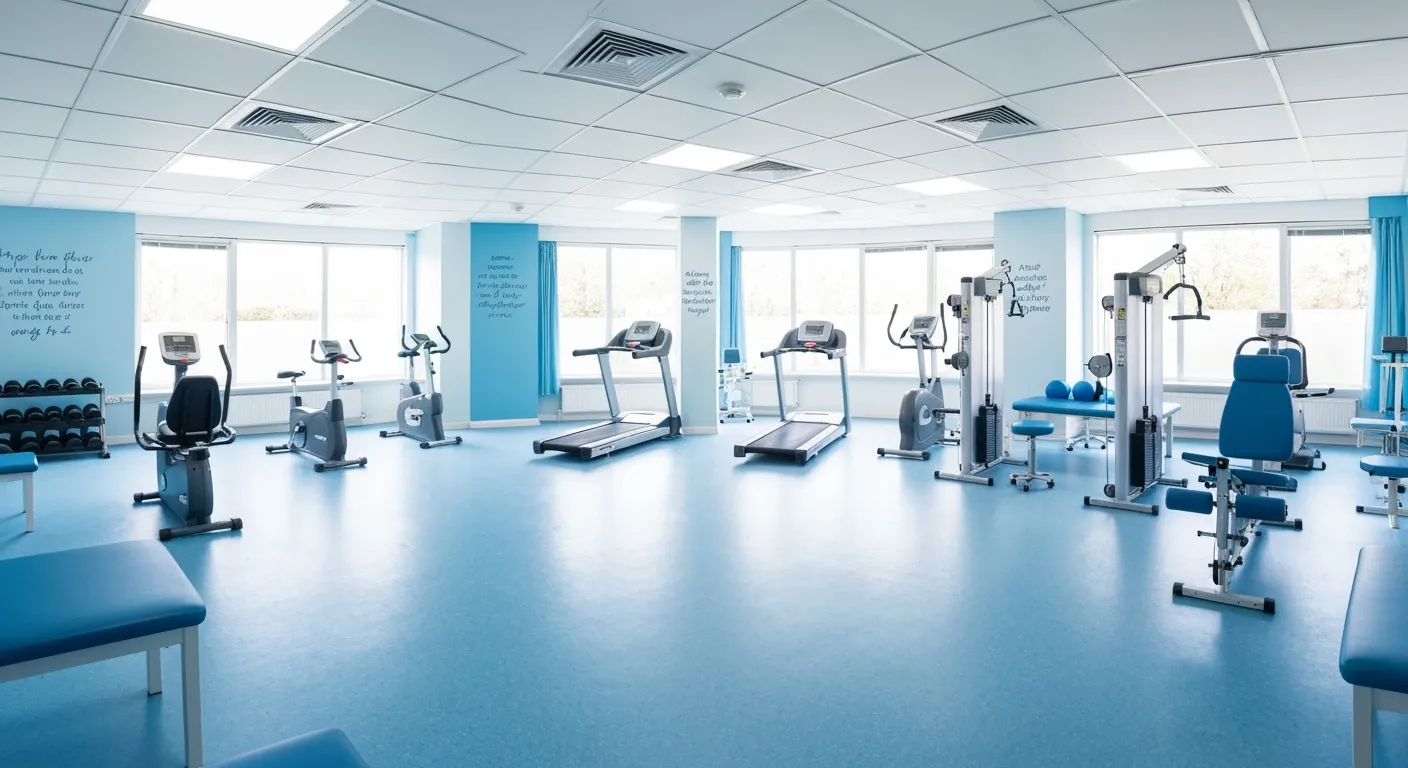
How Physiotherapy Improves Mobility for Seniors

How to Communicate Pain Levels to Your Therapist Effectively
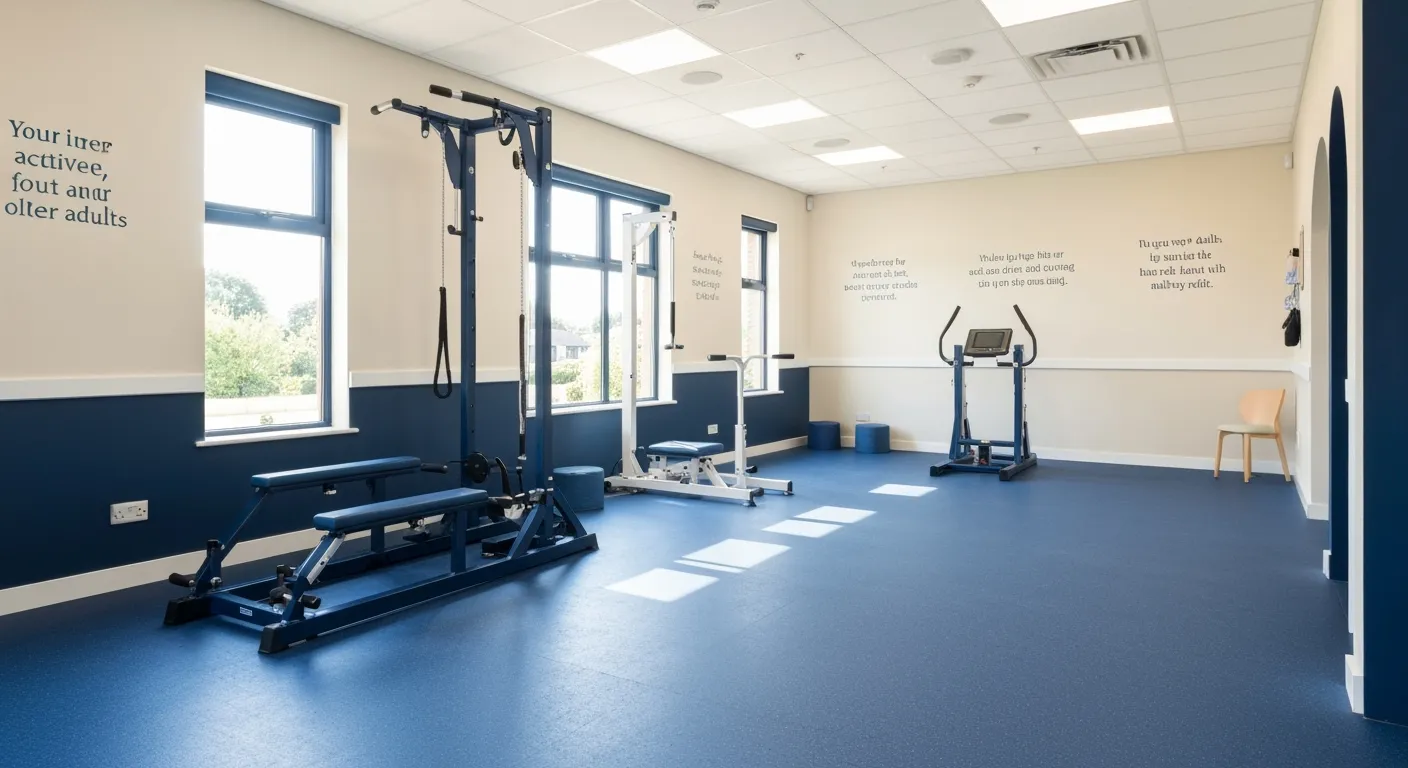
Physiotherapy Interventions for Balance and Fall Prevention

How Physiotherapy Helps Post-Surgical Recovery
